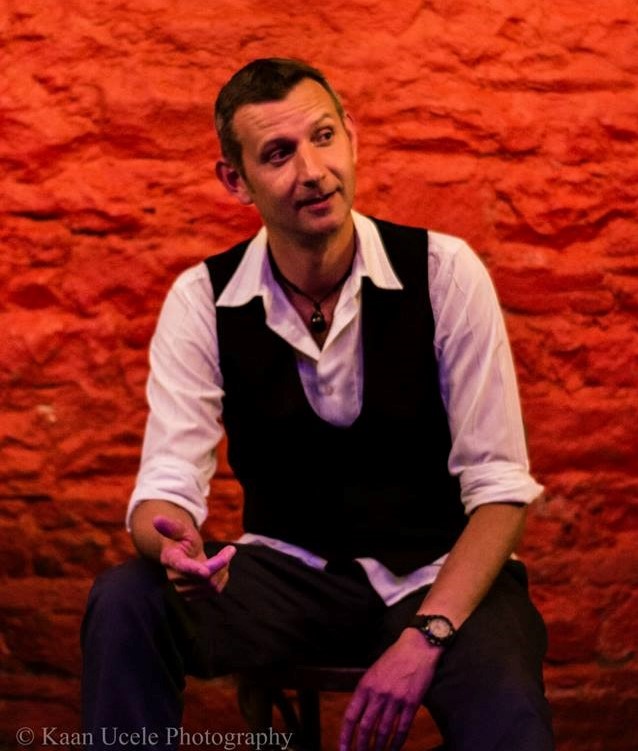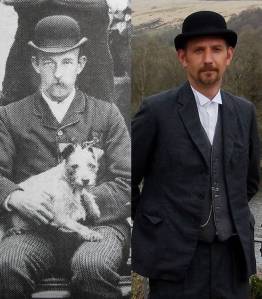
Be careful what you wish for, you may receive it! You may feel wishes only reside in fairy tales but they are still part of who we are today. Except nowadays they tend to start ‘I am’, or ‘You are,’ instead of I wish. But make no mistake, the results are still as unpredictable as the fairy tales of old.
The making and granting of wishes abound within traditional tales, but their presence is usually a warning against the pitfalls of such desires. Whether driven by greed or the purest of motives, wishes are more often a curse than a gift. Thanks to the wisdom of stories many of us have learned to regard the offer of wishes with suspicion!
Yet despite a strong cultural recognition of the dangers around wish fulfilment in stories, we continue to make wishes all the time in our day to day lives! Of course we don’t consciously recognise them as wishes, but that is in essence what they are. Whilst we don’t phrase them in terms of “I wish,” we do nonetheless put our poorly considered intent or desires out into the universe and then seem surprised when they come true.
The things we say to ourselves about ourselves, about our place in the world, cultivate and shape our internal story. This internal story is the filter that helps us make sense of ourselves and the world around us. You may not even be conscious that you have an internal story, but I assure you you do. Your internal story contains your own values, your morals, the blueprint that gives structure to what makes you, you. The more we reiterate that story to ourselves or to others, the stronger it becomes. And so when we declare “I’m this,” or, “I could never do that,” we become able to convince ourselves of almost anything, even if it wasn’t true to begin with.
We frequently make statements about ourselves, driven by modesty, shyness or just a willingness to fit in (among other reasons), but in doing so we enter the territory of the self-fulfilling prophesy; the most powerful form of wish. Like all wishes, giving voice to statements about ourselves and our views can be positive or negative. The more frequently you give voice to ‘I’ statements the more likely they will become integrated into your internal story, changing the way you view things and potentially driving positive change in your life. However, if not consciously directed you may inadvertently adopt a more negative internal story that could drive negative perceptions about yourself or those around you.
Internal stories are incredibly powerful yet for the most part they remain hidden, almost imperceptible. But from time to time their influence on us can be very noticeable!…
As commented by Angie McQuillin : have you ever been with family or a group of friends when something significant happened, then a day or two later you hear one of the people you were with describing what happened to somebody else. As you listen to their account you discover their version of events seems very different to what you experienced? At first you’re puzzled, then you think they’re embellishing or exaggerating. But slowly you begin to realise that they actually believe what they are saying; they aren’t lying, they are simply recounting their version of the truth. This disparity in perspective happens all the time, we just don’t often have the opportunity to realise it’s there. The only reason these differences exist is because of the filter we view the world through, a filter created from our own respective internal stories.
Of course, when someone’s internal story begins to affect the way they behave and react to those around them, it begins to influence the internal stories of others too. Our relationships with others will either challenge or reinforce our world view, and what happens next is entirely within our power to control. Our response to a challenge may be, ‘I don’t agree!’ or maybe, ‘I never thought of it like that,’ or ‘You have no idea what you’re saying!’ etc. Each of these statements carries power and the ability to change your own internal story, but potentially to also affect or alter the story of the person you are talking to. In this way friendships can be won or lost, but more than that, in the right circumstances it can become possible for someone else’s ‘world view’ to be transferred to someone else. If powerful enough, that world view can be propagated and passed from person to person. When ideas and world views spread in this fashion, great things can be achieved such as the abolition of slavery or putting a man on the moon. But when used to cultivate internal stories from the darker aspect of the human psyche, we get conflict, fear, and imbalance. Cult’s are born in this way along with many of the darker chapters in human history. Dare I say it, such narrow and twisted world views were propagated by the media and power hungry politicians to give breath to Brexit, a jabbering beast of division and derision in the UK that threatens to bring a once great nation to it’s knees.
So beware my friends, be aware of the internal stories you tell yourself as well as the stories you adopt from others! The statements you make to yourself and to others can quickly become the truth with which you see the world, the mould into which you grow; the unfulfilled wish that hangs in the air waiting to be granted!
As the late, great Terry Pratchett said, ‘People think stories are shaped by people. In fact it’s the other way around.’

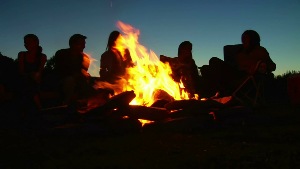 Mid-way through the week and for no particular reason I found myself in a flat spin, a
Mid-way through the week and for no particular reason I found myself in a flat spin, a 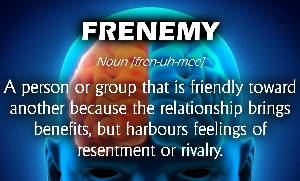

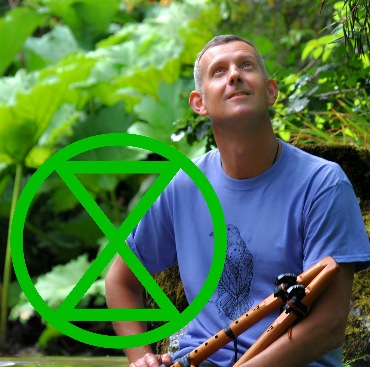 I’m not easy to anger. To be honest it’s an emotion that scares me; a powerful Genie that I try not to let out of its bottle in case I can’t control it. The flip side of avoiding and suppressing anger is a high degree of patience – let’s face it there’s little choice in the matter if anger is a no go zone. I used to be quite proud of my ability to keep a cool head – ‘Patience is a virtue’ so they say. But now I’m not so sure!
I’m not easy to anger. To be honest it’s an emotion that scares me; a powerful Genie that I try not to let out of its bottle in case I can’t control it. The flip side of avoiding and suppressing anger is a high degree of patience – let’s face it there’s little choice in the matter if anger is a no go zone. I used to be quite proud of my ability to keep a cool head – ‘Patience is a virtue’ so they say. But now I’m not so sure!